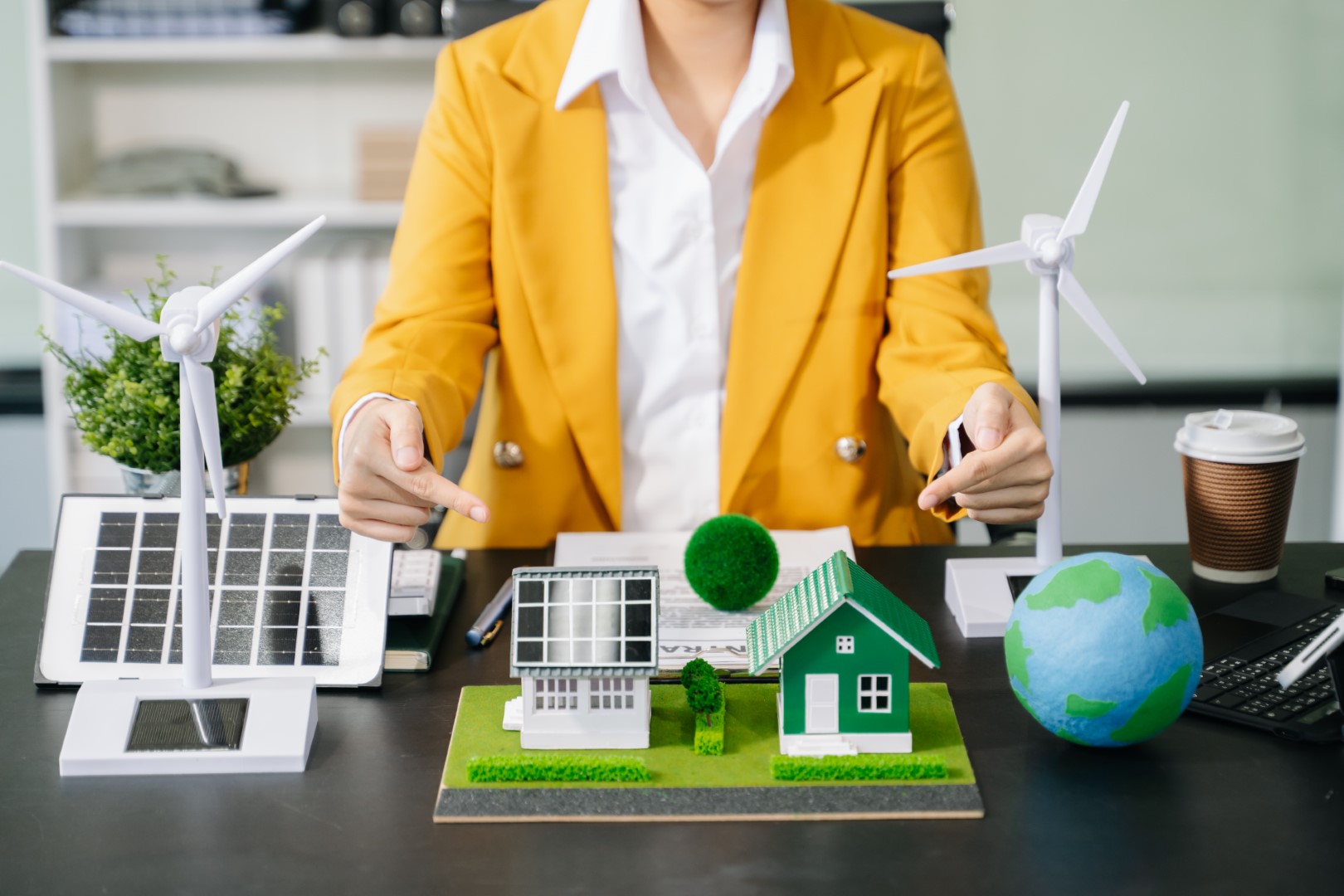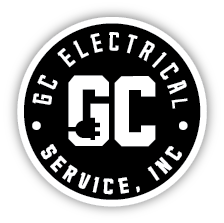Energy efficiency is more than just a buzzword; it's a necessary step toward reducing our environmental impact and saving money. Whether you are planning to build a new home or renovate an existing one, incorporating energy-efficient upgrades can significantly lower your utility bills and enhance your home's comfort. This blog will explore some of the top energy-efficient upgrades you can make to your home.
Why Invest in Energy-Efficient Upgrades?
Investing in energy-efficient upgrades offers a multitude of benefits. First and foremost, they can substantially reduce your utility bills by using less energy for heating, cooling, and lighting. Energy efficiency not only leads to financial savings but also enhances the comfort of your home, as improved insulation, windows, and HVAC systems contribute to a more consistent indoor environment.
Energy-efficient homes are more attractive to buyers and often command higher prices in the real estate market. Beyond the financial and comfort benefits, reducing energy consumption decreases greenhouse gas emissions, contributing to a healthier planet. Moreover, many governments offer tax credits and rebates for homeowners who invest in energy-efficient upgrades, making it a financially wise decision.
Insulation
Installing more insulation is one of the most effective ways to improve your home's energy efficiency. Proper insulation reduces heat loss in the winter and keeps your home cooler in the summer, leading to lower heating and cooling costs. There are several types of insulation to consider. Fiberglass is a solid choice due to its affordability and effectiveness. Cellulose, made from recycled paper, is an eco-friendly option. Spray foam insulation expands to fill gaps and cracks, providing excellent thermal resistance. Key areas to insulate include the attic, a significant source of heat loss in many homes, and exterior and interior walls and floors, especially in homes with unheated basements or crawl spaces.
Energy-Efficient Windows
Windows are another critical component of your home's energy efficiency. Energy-efficient windows reduce heat loss in the winter and minimize heat gain in the summer. Features for energy-efficient windows include double or triple glazing, which provides better insulation than single-pane windows. Low-E coating, a thin metallic layer, reflects heat, keeping your home warmer in winter and cooler in summer. Gas fills between panes, such as argon or krypton gas, also improve insulation.
Solar Panels
Harnessing the sun's power is an excellent way to reduce your reliance on traditional energy sources. Solar panels convert sunlight into electricity, which can power your home and feed excess energy into the grid. The benefits of solar panels are numerous. They can significantly lower your electricity bills by generating electricity and reducing or eliminating your monthly utility bills. Homes with solar panels often sell for more, increasing their value. Solar energy is clean and renewable, reducing your carbon footprint and contributing to a healthier environment.
Energy-Efficient HVAC Systems
Heating, ventilation, and air conditioning (HVAC) systems account for a significant portion of your home's energy consumption. Upgrading to an energy-efficient HVAC system can drastically reduce your energy usage. Look for systems with high SEER ratings (Seasonal Energy Efficiency Ratio), which indicate the efficiency of cooling systems. Higher SEER ratings mean more energy efficiency. Variable-speed motors adjust the airflow and heating/cooling output to match your home's needs, using less energy. Smart thermostats, which are programmable and learning, optimize heating and cooling schedules, reducing energy waste.

LED Lighting
Lighting is an easy area to upgrade for improved energy efficiency. Replacing incandescent bulbs with LED (light-emitting diode) bulbs can significantly reduce energy consumption. LED lighting is highly energy-efficient, using up to 90% less energy than incandescent bulbs. They also have a much longer lifespan, up to 25 times longer than traditional bulbs. Additionally, LEDs are available in a wide range of colors and styles, making them suitable for any room in your home.
Energy-Efficient Appliances
Household appliances such as refrigerators, dishwashers, and washing machines are major energy consumers. Investing in energy-efficient appliances can lead to substantial savings. Look for appliances with the ENERGY STAR certification, which indicates they meet strict energy efficiency guidelines. Many modern appliances come with smart technology, allowing you to optimize energy use. Energy-efficient dishwashers and washing machines also use less water, saving on utility bills.
Tankless Water Heaters
Traditional water heaters maintain a large tank of hot water, consuming energy even when not in use. On the other hand, tankless ones heat water on demand, resulting in significant energy savings. These heaters are highly energy-efficient because they only heat water when needed, reducing energy waste. They also provide an unlimited hot water supply and are more compact than traditional water heaters, saving space in your home.
Smart Home Technology
Integrating smart home technology can help you monitor and control your energy usage more effectively. Smart devices can automate and optimize your home's energy consumption. Examples of smart home technology include smart thermostats, which automatically adjust heating and cooling based on your schedule and preferences. Smart plugs allow you to control and monitor the energy use of individual devices remotely. Smart lighting systems can automate lighting schedules and adjust brightness based on natural light levels, enhancing energy efficiency.
Energy-Efficient Roofing
Your roof plays a crucial role in your home's energy efficiency. Reflective roofing materials can reduce heat absorption, keeping your home cooler in the summer. Types of energy-efficient roofing include cool roofs, which reflect more sunlight and absorb less heat than standard roofs, and metal roofing, which is highly reflective and coated with cool roof paints. Green roofs, covered with vegetation, provide natural insulation and reduce heat absorption, contributing to a more energy-efficient home.
Water-Saving Fixtures
Water conservation is another essential aspect of an energy-efficient home. Upgrading to water-saving fixtures can reduce both water and energy usage. Low-flow showerheads and faucets reduce water flow without sacrificing performance. Dual-flush toilets offer two flushing options, using less water for liquid waste. Additionally, ENERGY STAR-certified dishwashers and washing machines use less water and energy, contributing to overall energy efficiency.
Insulated Doors
Just like windows, doors can be a source of energy loss. Upgrading to insulated doors can help improve your home's energy efficiency. Look for doors with insulated cores, which provide better thermal resistance than standard doors. Weatherstripping seals gaps around the door frame to prevent drafts. Doors with glass inserts can benefit from low-emissivity (low-E) coatings, enhancing energy efficiency.
Sealing and Caulking
Air leaks around windows, doors, and other openings can significantly reduce your home's energy efficiency. Sealing and caulking these gaps can prevent energy loss and improve comfort. Sealing gaps and cracks around frames are key areas to seal and caulk, including windows and doors. Attics and basements should also be insulated and sealed to prevent heat loss. Additionally, sealing around plumbing and electrical penetrations, such as pipes and wires entering your home, can improve energy efficiency.
Energy-Efficient Landscaping
Landscaping can also contribute to your home's energy efficiency. Strategic planting of trees and shrubs can provide natural shade and windbreaks, reducing heating and cooling costs. For example, planting shade trees on the south and west sides of your home can provide shade in the summer, reducing cooling costs. Using shrubs and trees as windbreaks can block cold winds in the winter, reducing heating costs. Additionally, ground cover plants can reduce heat absorption around your home, contributing to overall energy efficiency.
Reflective Window Film
Adding reflective window film to your windows can reduce heat gain in the summer and heat loss in the winter. This inexpensive upgrade can enhance your home's energy efficiency. Reflective window film reduces heat gain by reflecting sunlight, keeping your home cooler in the summer. It also provides UV protection, blocking harmful UV rays and protecting your furniture and flooring. Additionally, reflective window film can increase privacy by reducing visibility from outside.
Programmable Thermostats
Programmable thermostats allow you to set heating and cooling schedules based on your daily routine, reducing energy waste when you're not home. These thermostats feature custom schedules, allowing you to program different temperatures for different times of the day. They also save energy by automatically adjusting temperatures when you're away. Many programmable thermostats offer remote access, allowing you to control your thermostat from your smartphone or computer.

Taking the First Step Toward Energy Efficiency
Making your home more energy-efficient is a smart investment that pays off in multiple ways. The benefits are substantial, from reducing utility bills and increasing comfort to boosting your home's value and helping the environment. By implementing these top energy-efficient upgrades, you can take significant steps toward a more sustainable and cost-effective home. Assess your home's energy efficiency, prioritize the upgrades that fit your budget and needs, and start enjoying the benefits of a more energy-efficient home. Remember, every small change contributes to a bigger impact, making your home a better place to live and the planet a better place for future generations.
For more tips and advice on home improvement and energy efficiency, visit our GC Electrical Service Inc. blog. If you have any questions or need professional assistance with your energy-efficient upgrades, don't hesitate to contact us. We're here to help you make the most of your home!


